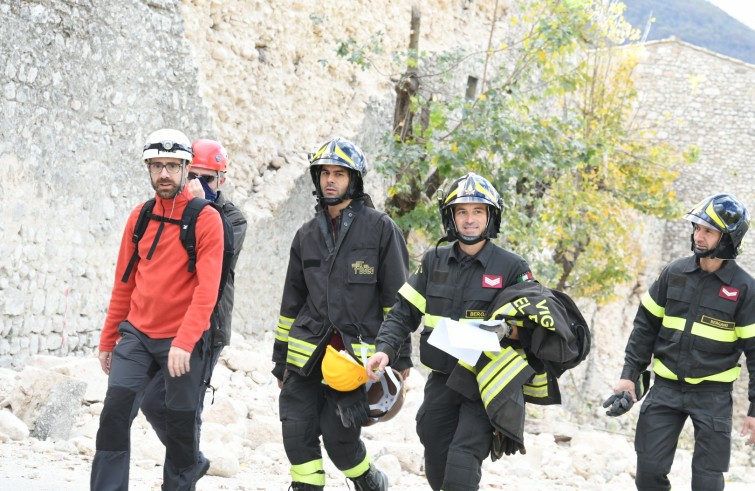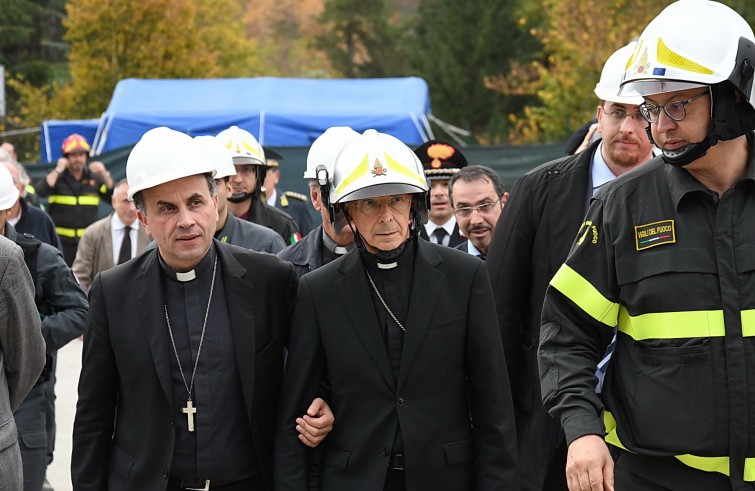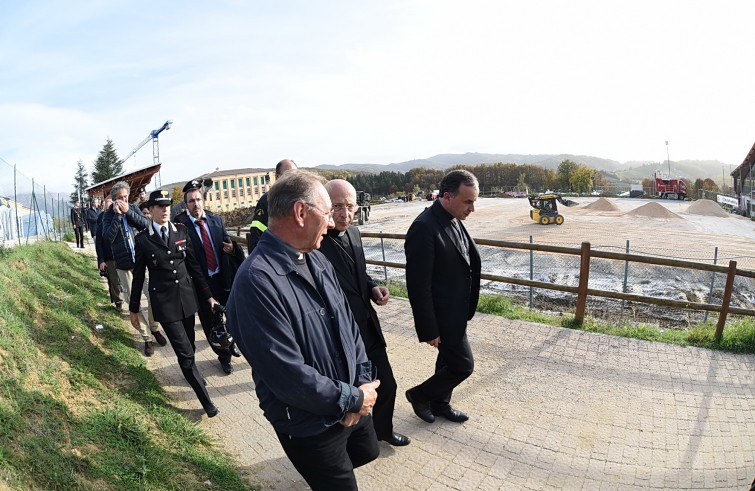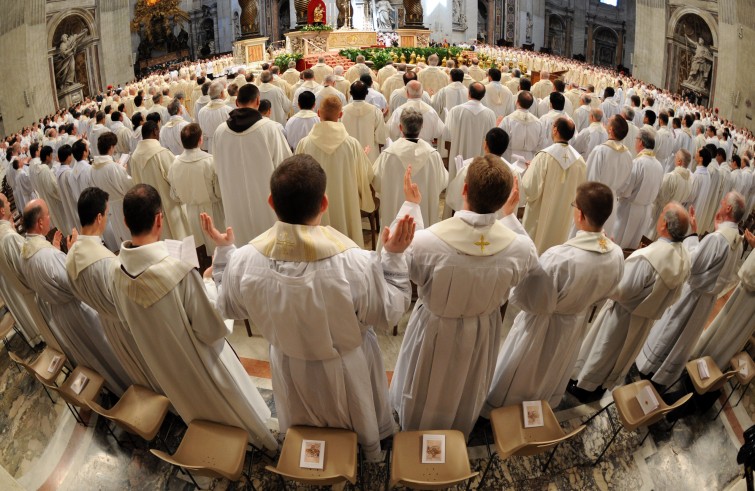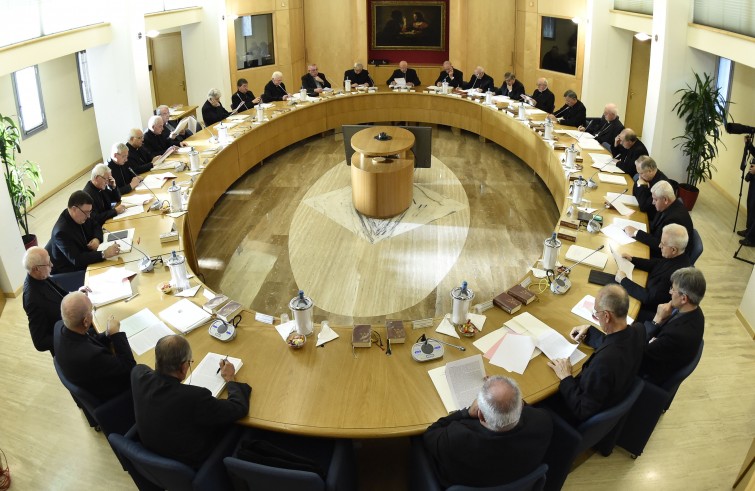
Not all gazes are the same. Gazes can be attentive and they can be distracted. A gaze can comprise the whole picture, signifying unity; or it can be fragmented and closed-in on itself. A gaze can be capable of constructing and creating, or it can be directed at causing divide.
In the prolusion by Cardinal Bagnasco, President of the Italian Bishops’ Conference, that marked the opening of the winter session of the Permanent Council (Rome, January 23-15), we find the description of the typically synodal dynamics enabling approach to reality. It’s that very gaze, combined with attentive listening, which far from being a gut feeling stems from the heart of Church and of the Country as a whole.
Hence it is no coincidence that the term “gaze” is the thread connecting the various points of the Cardinal’s speech.
First of all because this term, typical of the lexicon of Pope Francis, represents the “veritable communion” of the Italian Church with the Holy Father. Furthermore, according to Ignatian spirituality, it encompasses a wide range of meanings: to observe, to discern, to contemplate and also to take care…
Moreover, the gaze conveys attention and closeness, and it opens up to availability, to mutual enrichment, to relationships. In a word: listening. This is true not only at ecclesial level but also and especially in the social, cultural and political domains. Attentive listening combined with the yearning of pushing further, namely, of “warming the hearts.”
Precisely as has happened in the past months afflicted by the “tragic, prolonged” earthquake that hit Central Italy. “The constant tremors, the heavy snowfall, the victims, the casualties, the devastated homes, the churches and towns torn to the ground” – the Cardinal said – “have prompted numerous gestures of closeness and solidarity towards the affected populations.”
- foto SIR/Marco Calvarese
- foto SIR/Marco Calvarese
- foto SIR/Marco Calvarese
It is an attentive gaze, incessantly manifested through the eyes of the many parish priests who “as true shepherds”, know how to be close to their people, how to soothe their traumas and their wounds. Those are the eyes of the many rescuers and volunteers who flocked on the scene of the disaster. In a way, those are also the eyes of the Christian communities “who responded to the special collection launched by CEI – pointed out Cardinal Bagnasco – by contributing with almost 22 million Euros” to meet the primary needs of those who have nothing left. Those are also the eyes of the same Italian Bishops’ Conference which, “in addition to one million Euros earmarked through taxpayers’ contributions to the Church on the very day of the first seism – His Eminence said – granted 300 thousand Euros to all affected dioceses for the rebuilding of damaged churches and ecclesial property devoted to pastoral ministry.”
It is the gaze of solidarity.
Then there is the gaze of compassion, typical of a Church that goes forth, that knows how to be present – as the CEI President pointed out on several occasions – “in the difficult living conditions afflicting an increasing number of people.”
The above-mentioned sphere encompasses youth unemployment, the problems of the South, the families in conditions of escalating poverty, the migrants and the refugees, the unaccompanied minors, the victims of persecution and violence; poverty and war, extending to heated issues such as end-of-life, at the centre of the political debate over the past weeks. In this respect the gaze can only be steadfast and determined. “We believe – Bagnasco pointed out – that the answers to the quest for meaning underlying suffering and death cannot be found in simplistic or procedural solutions. Indeed, health and life protection, enshrined in the Constitution, must not be confined to an ideal frame of reference. In fact, it must become a concrete commitment providing accompaniment and support.”
It’s the all-encompassing, unifying gaze.
Finally, there is the gaze of gratitude and care, addressed to the presbyters in particular, to whom will be dedicated a part of the Bishops’ Council meeting with the examination of the Document on the renewal of the clergy, and to the young, at the centre of the ecclesial agenda in the coming years with the Synod dedicated to them.
It is the gaze of a mother-Church capable of contemplating with tenderness, within and outside of herself, who knows how to veritably live communion as her constitutive dimension. A mother-Church that offers tenderness and mercy, that is capable of weaving, attentive and close to everyone… in communion, as reconfirmed by Cardinal Bagnasco in his closing remarks: “In this light I thank you all, dear Confreres, for your warm welcome and for the collegial gathering we will be living in the coming days.”
It is the gaze of communion.

